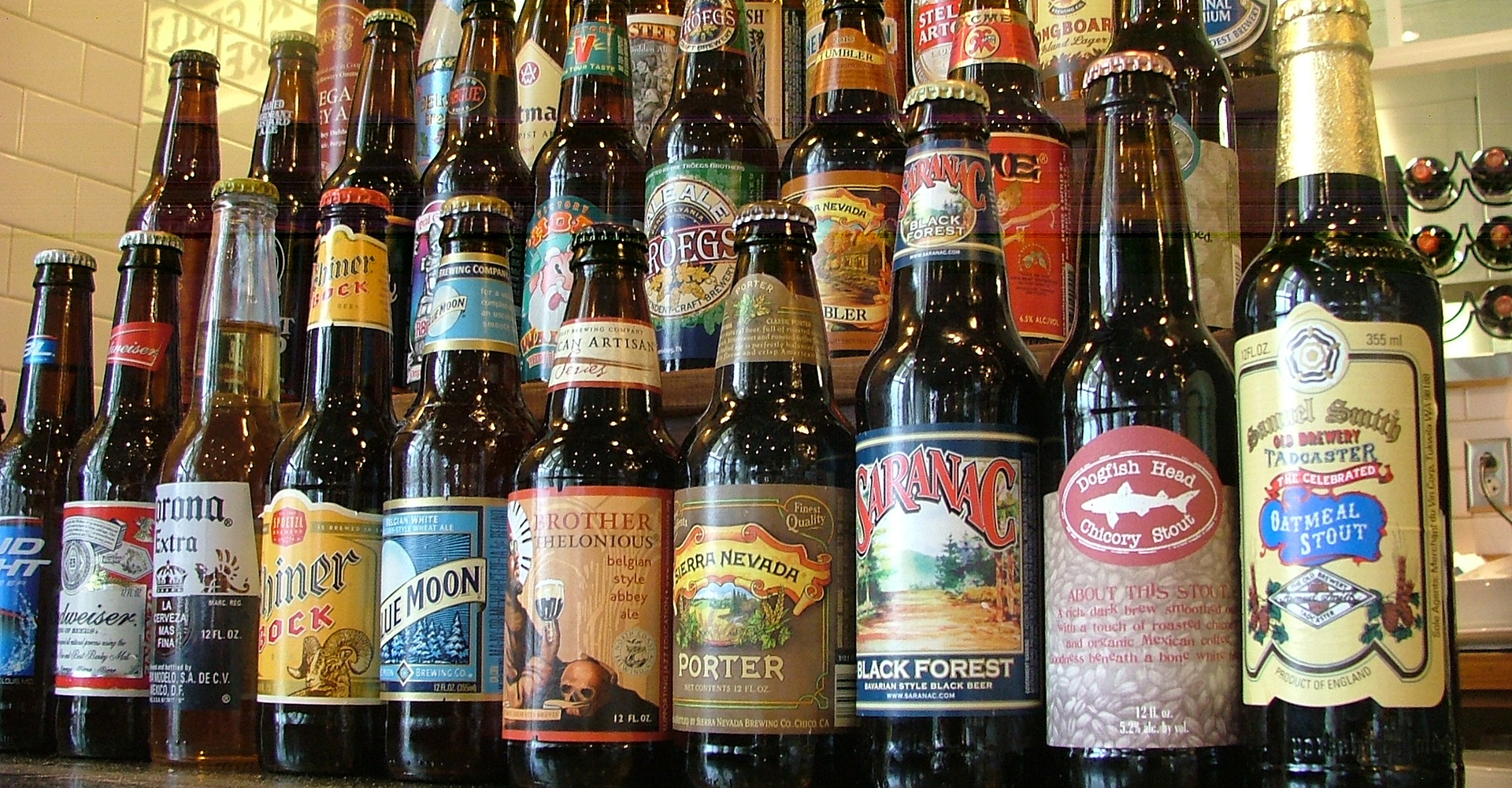The explosion of craft breweries in the United States over the last decade is staggering, and shows no signs of dying out. The surge in craft brewing and immediate consumption beer reflects a widespread demand for the availability of beer produced in-house and preferably locally sourced. At the same time, although demand is high, craft breweries operate on razor thin margins. This carries with it a number of risks, as breweries need to maintain consistently high sales in order to survive and expand. In addition to the risk involved with operating a successful brewery, there are significant regulatory hurdles that craft breweries face.
The regulatory landscape for immediate consumption beer in the United States is fraught with confusing and sometimes contradictory regulations. In order to maintain compliance, breweries must navigate complex and sometimes overlapping regulations, while also staying abreast of local, state, and federal regulatory changes that may impact their day-to-day business and future growth. Some critics argue that the same might be said of restaurants and others in the food service industry, which are regulated by many of the same regulatory bodies that craft breweries are. While this is somewhat true, due to the fact that craft breweries are manufacturing and dispensing immediate consumption alcohol beverages, they often have to deal with additional regulatory structures.
At the local level of regulation, breweries that wish to sell their alcohol on the premises often have to navigate local ordinances that limit what types of alcohol can be sold, what days and times it can be sold at, and in some cases whether it can be manufactured and sold in a specific county at all. At the state level, the regulatory environment for the immediate consumption beer market can vary drastically on a state-by-state basis. Some states still have laws regulating immediate consumption beer dating back to the Prohibition and period immediately following the end of the Prohibition. In many others, the state regulatory structure is more streamlined but is clearly designed for the large domestic beer manufacturers that dominated the market for decades. The same is true at the federal level, where regulations concerning immediate consumption beer are substantially more favorable to large operations with the scale to absorb the costs of compliance. Additionally, federal regulations concerning food and beverage preparation and serving apply to craft breweries. It is not uncommon for craft breweries to have frequent visits by FDA inspectors that are unfamiliar with the process of brewing itself.
These are but a broad illustration of the different levels of regulation that businesses in the immediate consumption beer market must navigate. The rapid increase of local beer manufacturers and distributors has also resulted in the creation of more regulations for the industry, rather than the removal of burdensome and archaic regulations that were affecting the growth of young breweries. This has made it increasingly difficult over the past decade for new breweries to secure enough capital to even begin producing and selling beer. Nearly every regulation, license, or application for breweries results in up-front costs for breweries. At the same time, maintaining regulatory compliance carries with it significant and burdensome ongoing costs. In some cases, these costs result directly from the enactment of new regulations. In many cases, new regulations, in addition to the plethora of regulations that breweries are already complying with, can curtail growth and severely limit the ability of businesses to expand and grow.
Clearly, the current US regulatory structure governing immediate consumption beer is a significant hurdle to growth. This is particularly true for new and young breweries. In order to enter the market, many new breweries must secure substantial investments in order to begin operations in compliance and with the necessary licenses. Even after a brewery has opened its doors, maintaining compliance over the long-term is an expensive, ongoing process which continues to change rapidly at the local, state, and federal level as new regulations targeting the immediate consumption beer industry are enacted. For many within the industry, the dizzying array of regulations represents an enormous barrier to the growth that would be achievable with sensible regulations in place. In the coming years, the regulatory landscape governing the immediate consumption beer market will continue to change, as activism and lobbying for regulatory restructuring from the breweries themselves gains momentum and brings industry insights to local, state, and federal officials.

